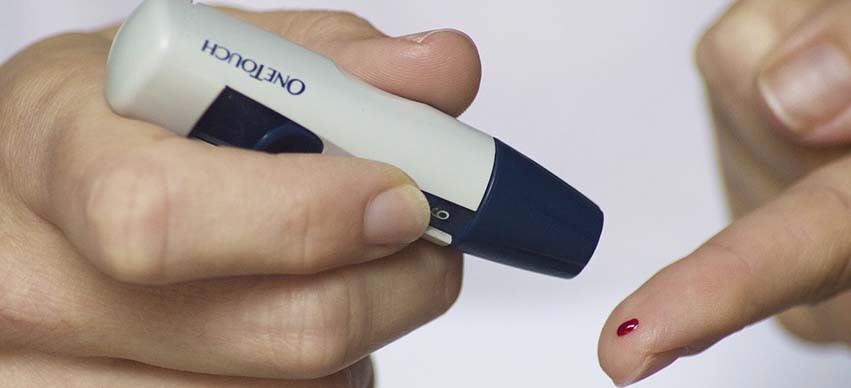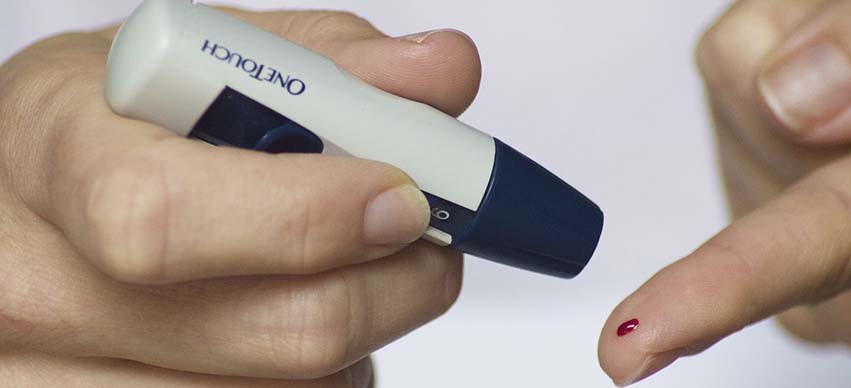What Comprehensive Oral Care Really Looks Like in Modern Den..
11 Min Read


Bariatric/Weight Loss surgery isn't just about losing weight. It's about transforming your life. Obesity is a potent risk factor for the development and progression of type 2 diabetes, and weight loss is a key component of diabetes management. Bariatric surgery results in significant weight loss and remission of diabetes in most patients. Obesity can lead to many health concerns, such as type 2 diabetes, sleep apnea(breathing disturbances during sleep), and heart disease.
Studies on the impact of weight-loss surgery have reported a large reduction in type 2 diabetes and other health problems. There were also improvements in blood pressure and in everyday tasks such as climbing stairs.
Gastric bypass and Adjustable Gastric banding are the most predominantly used bariatric surgeries.
Gastric bypass surgery has two major effects on the digestive system. It shrinks the size of the stomach by over 90 percent, from roughly the size of a fist to that of a thumb, reducing the amount of food a person can take in. The surgery also changes the path that the food takes through the body, bypassing most of the stomach as well as part of the small intestine, lowering the number of calories absorbed by the body. The rerouting of the food also hinders vitamin and mineral absorption, which is why bypass recipients need to take vitamins to stave off deficiencies. About 1 out of 5 patients will develop "dumping syndrome", in which too much-undigested food enters the small intestine, leading to diarrhea and abdominal cramps. This condition may be improved by eating smaller meals and fewer simple carbohydrates.
The second type of surgery, adjustable gastric banding, is quickly catching up to bypass in terms of popularity in the United States. This surgery is also performed laparoscopically in most cases, hence the nickname "lap-banding". In banding, a fluid-filled belt is wrapped around the stomach. Tightening the belt forms two stomach pouches, a small upper pouch that receives food from the esophagus and a larger lower pouch that drains into the small intestine. The belt's tightness can be adjusted by adding or subtracting saline solution through a port just under the surface of the skin that connects to the band via a thin tube. Cinching the band keeps a person feeling full, eating less, and losing weight. However, banding can lead to gastrointestinal distress, such as nausea or bloating.
The current indications for bariatric surgery include a BMI of 40 kg/m2 or higher or a BMI between 35 and 40 kg/m2 with at least two obesity-related comorbidities. Diabetes is considered key comorbidity that justifies the risk of surgery. The guidelines suggest that bariatric surgery be discussed with all severely obese patients (BMI > 35 kg/m2) with type 2 diabetes who have not been able to lose weight with other weight-control approaches.
There is a good reason to be excited about bariatric surgery; so far the data have been very positive. Yet, it's important not to lose sight of the surgery's inherent risks and the uncertainties that remain about long-term complications. You need to figure out with your health care team which treatment choices are best, carefully weighing the potential downsides against the hope for a lifetime of health.